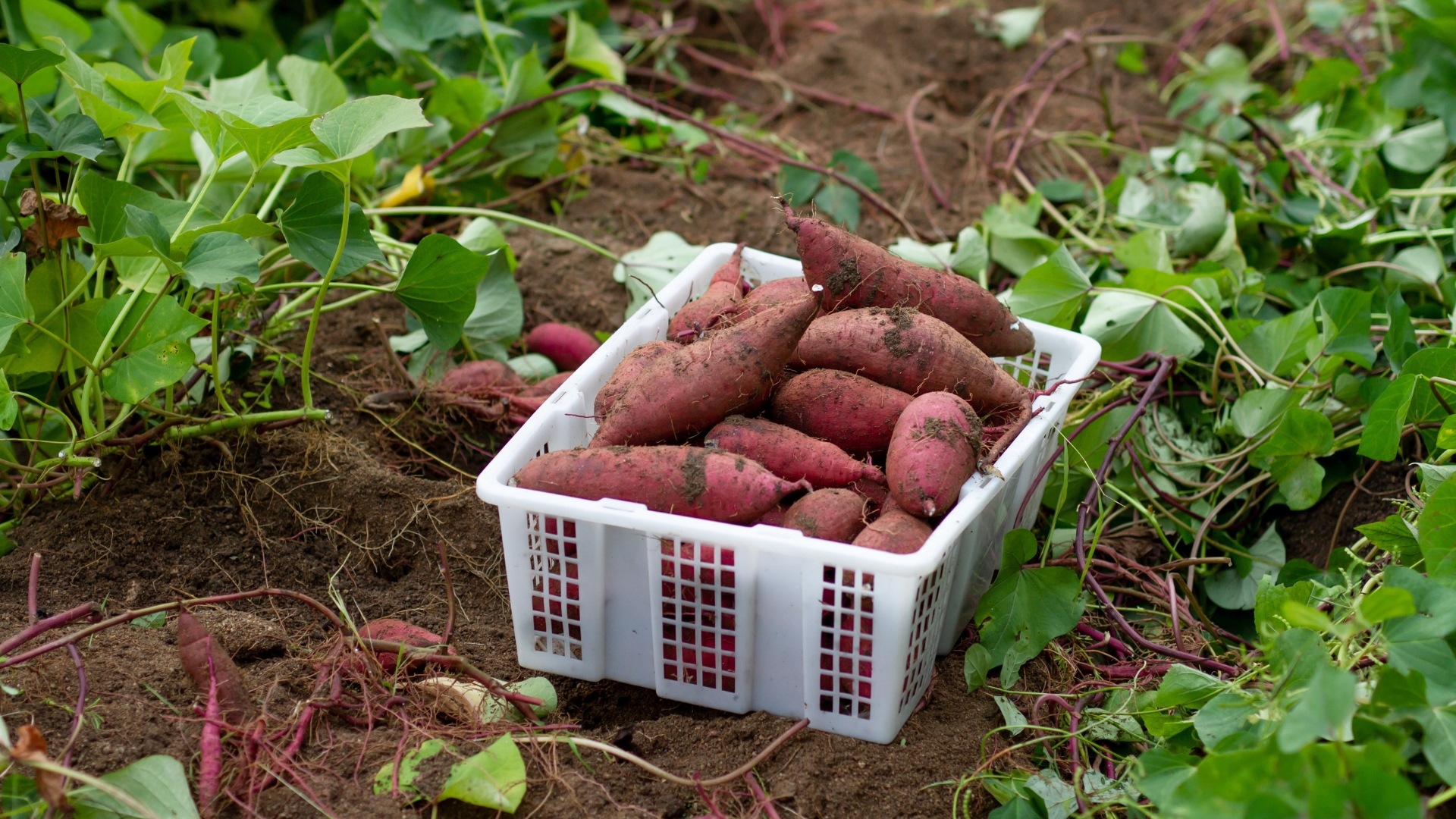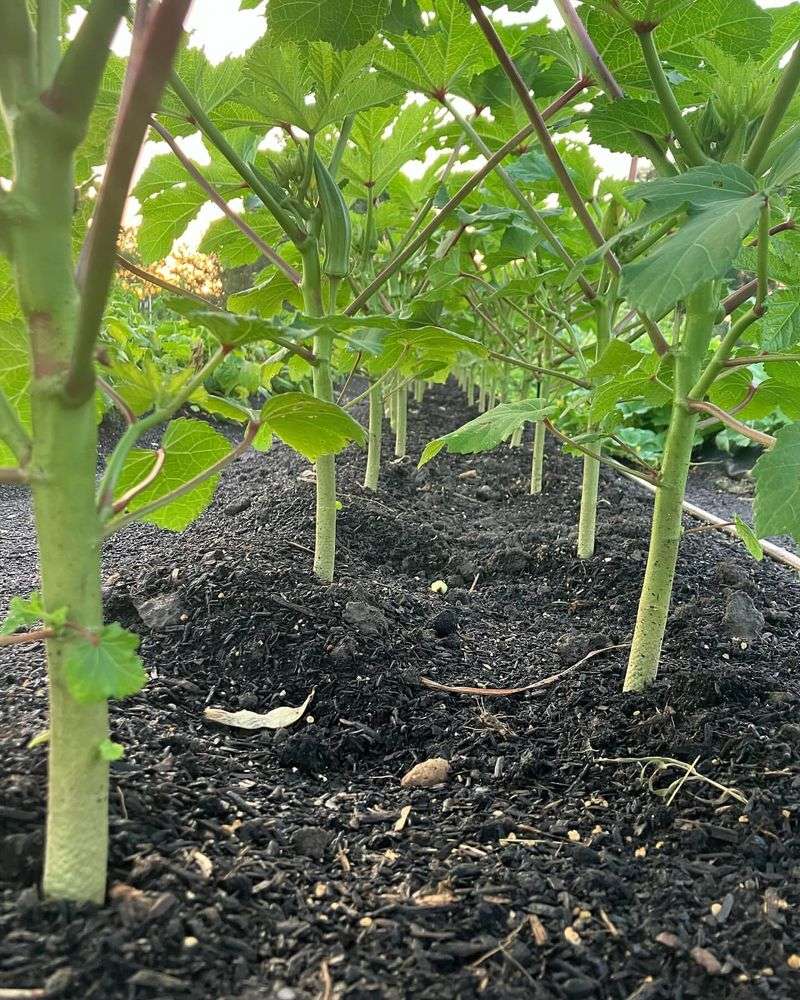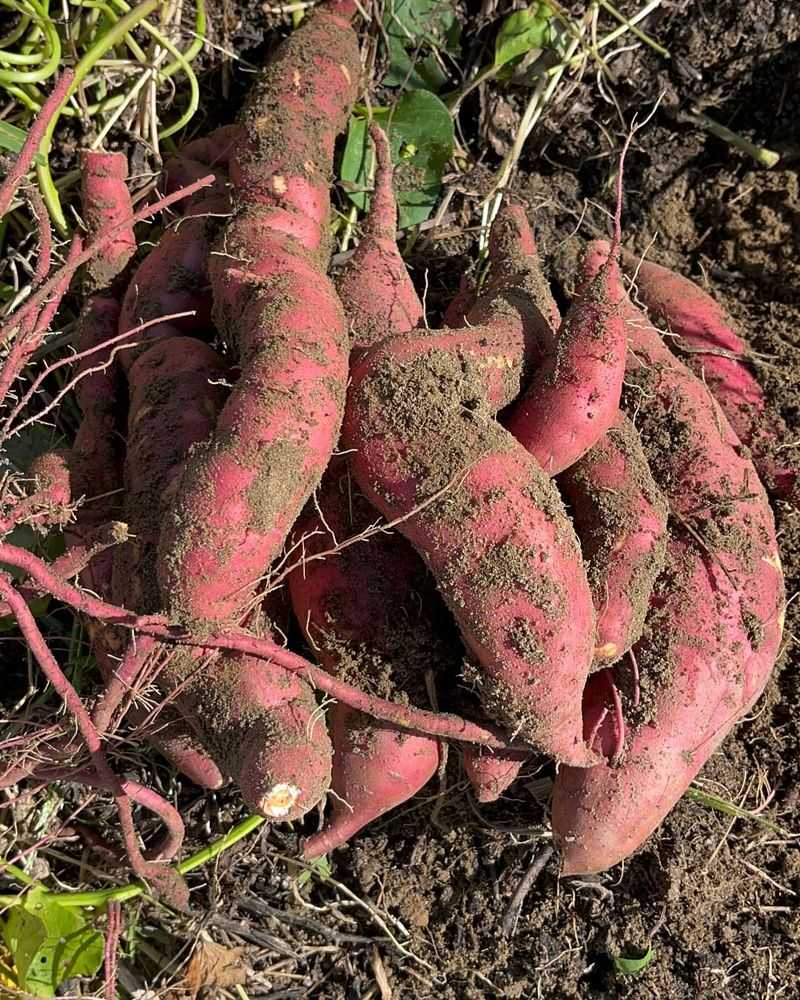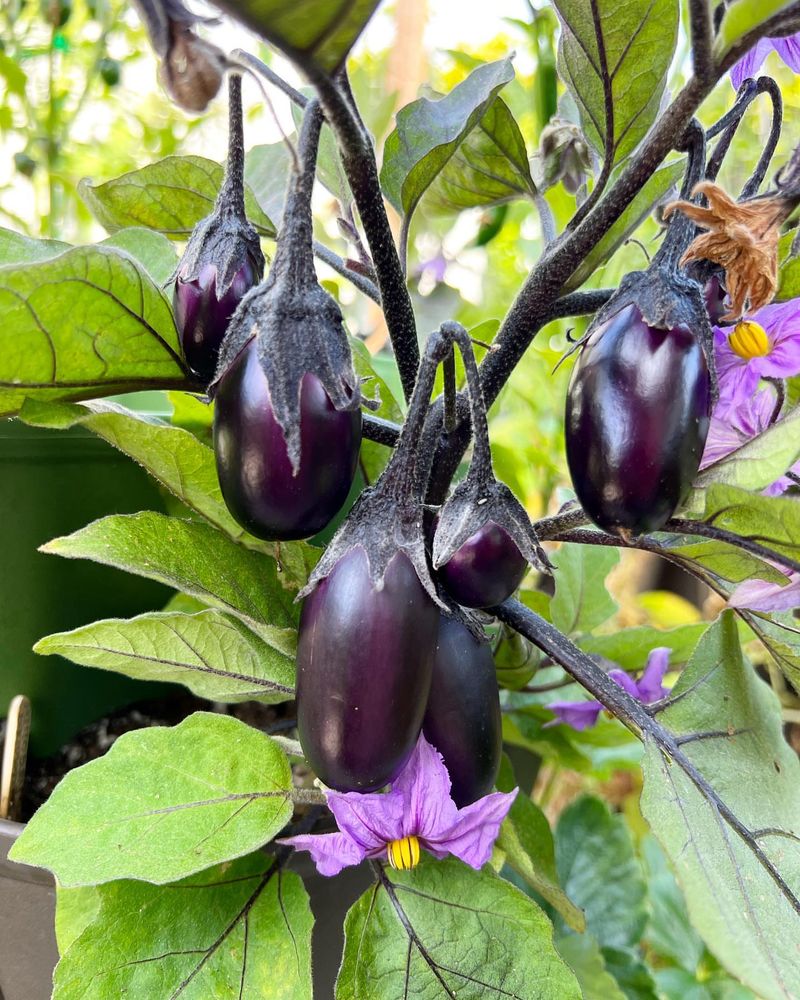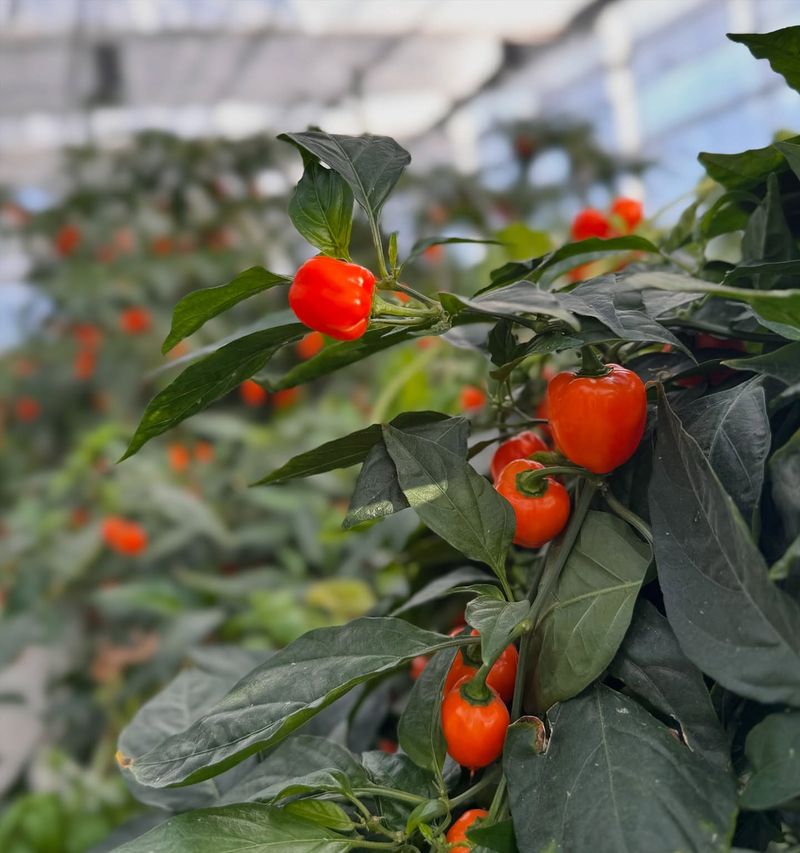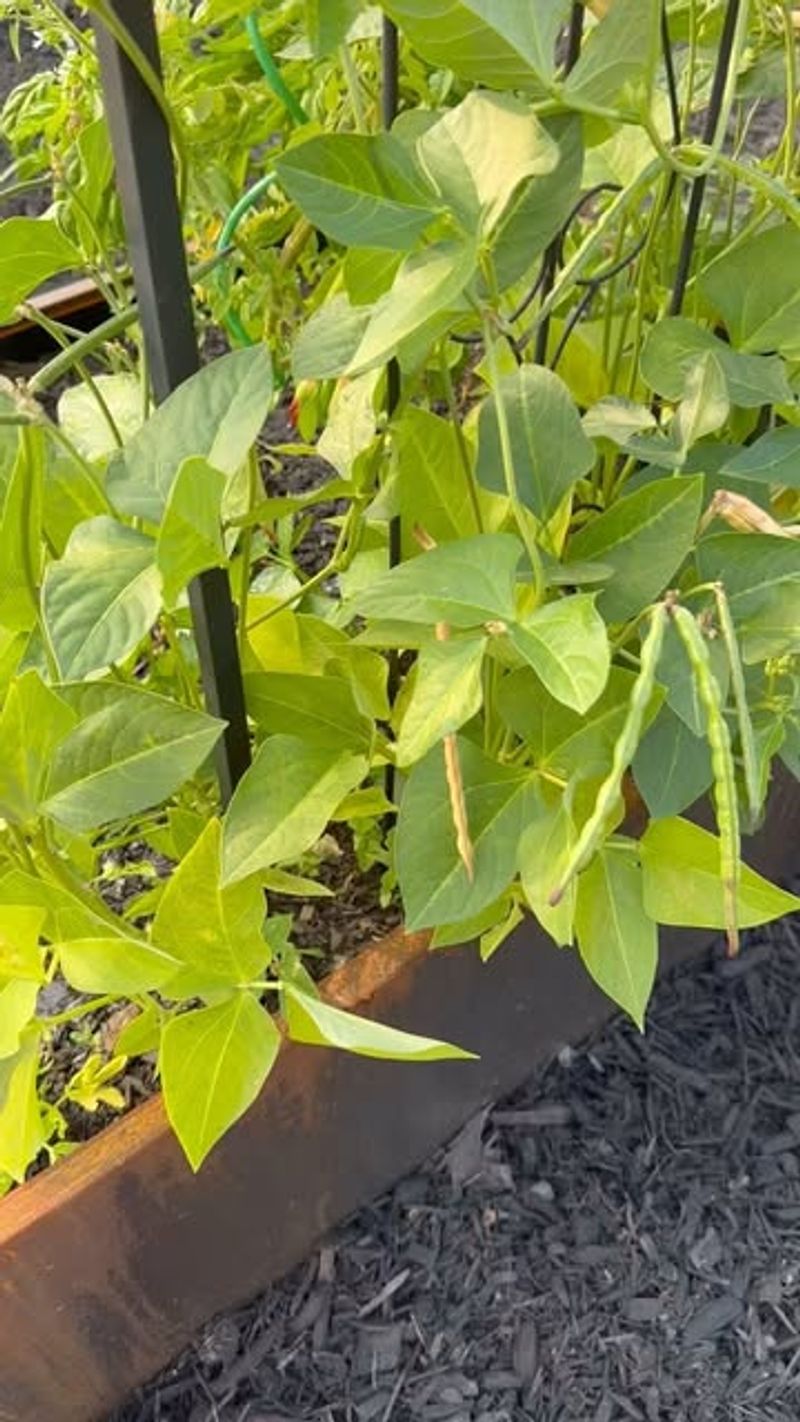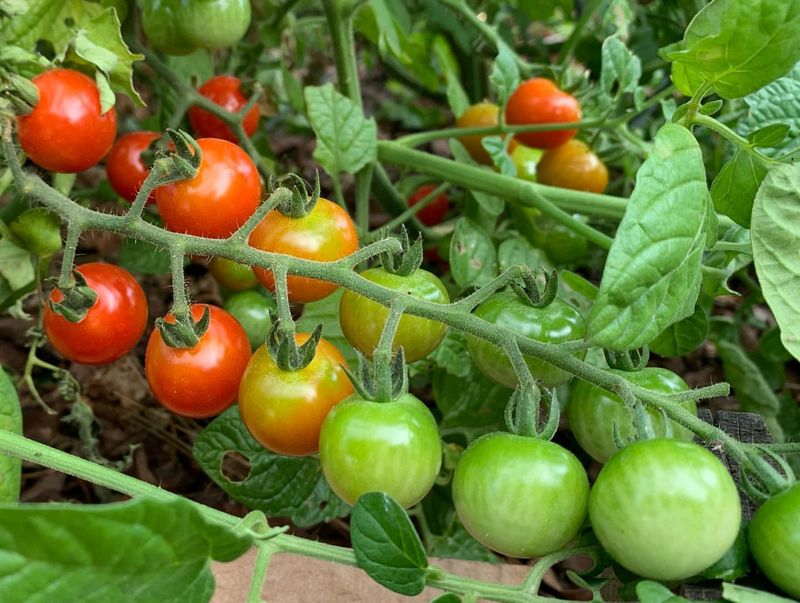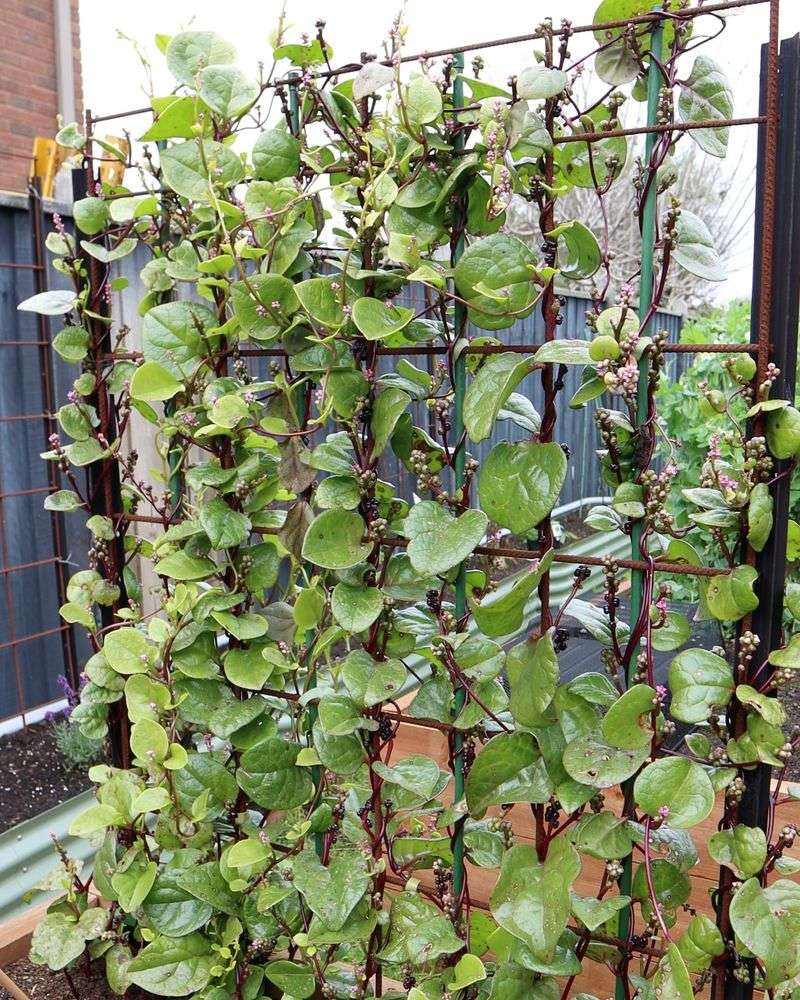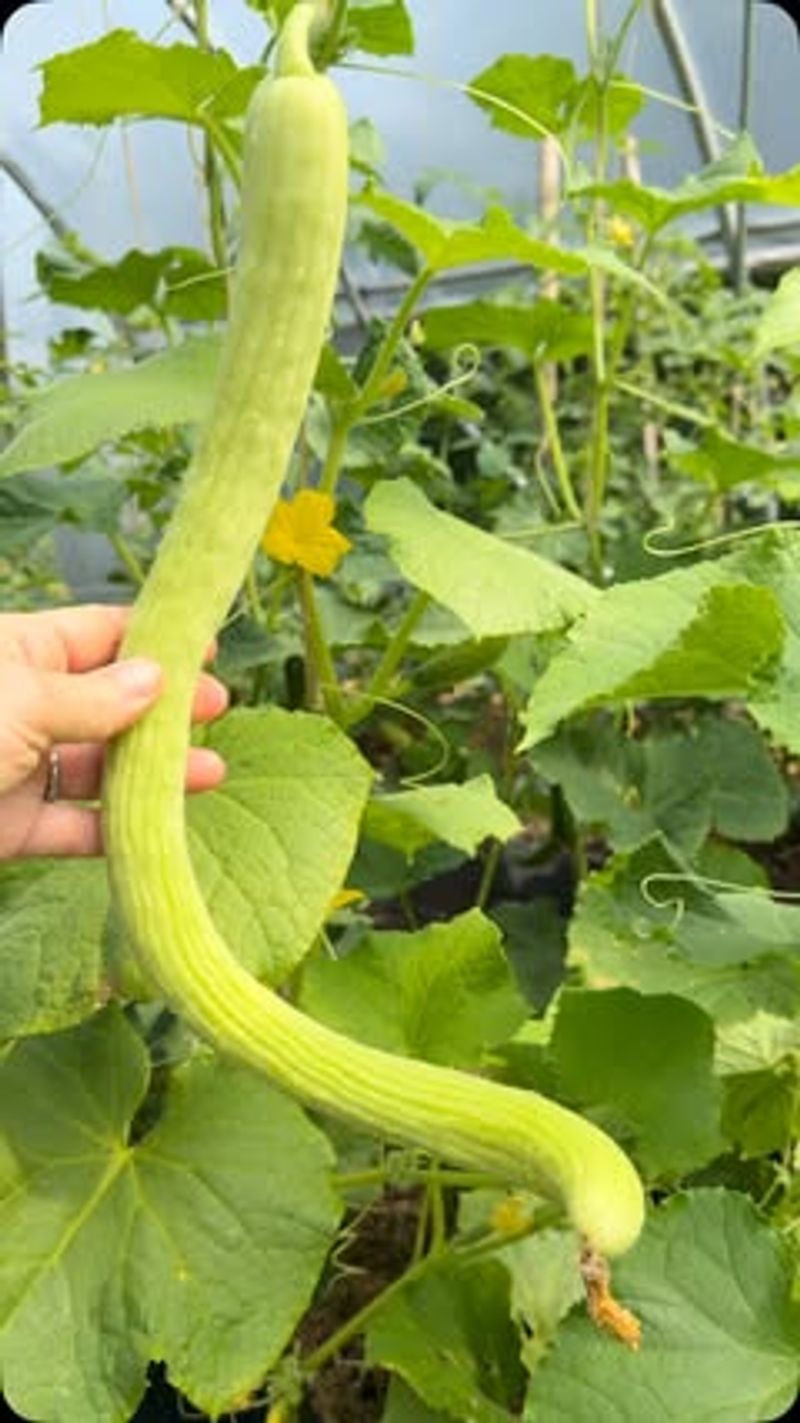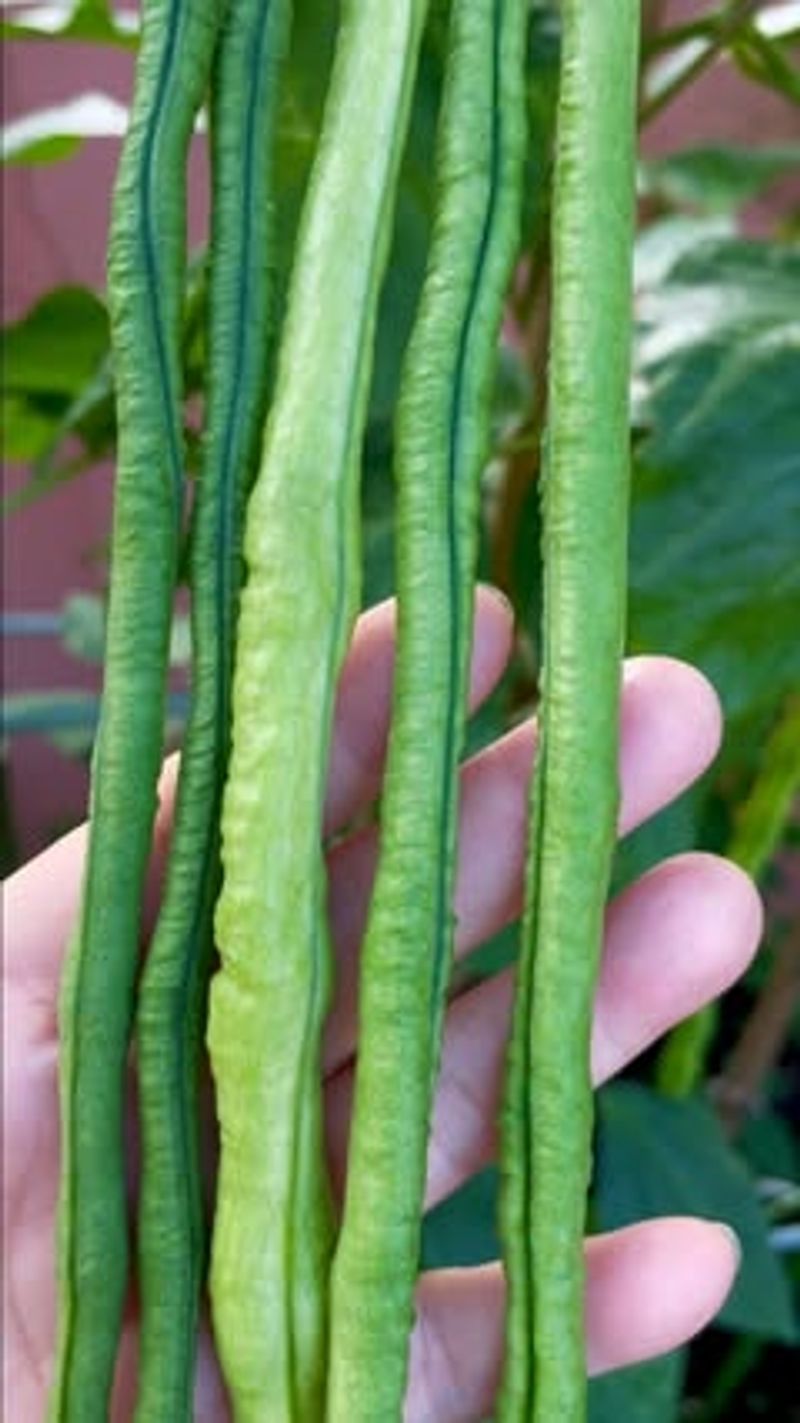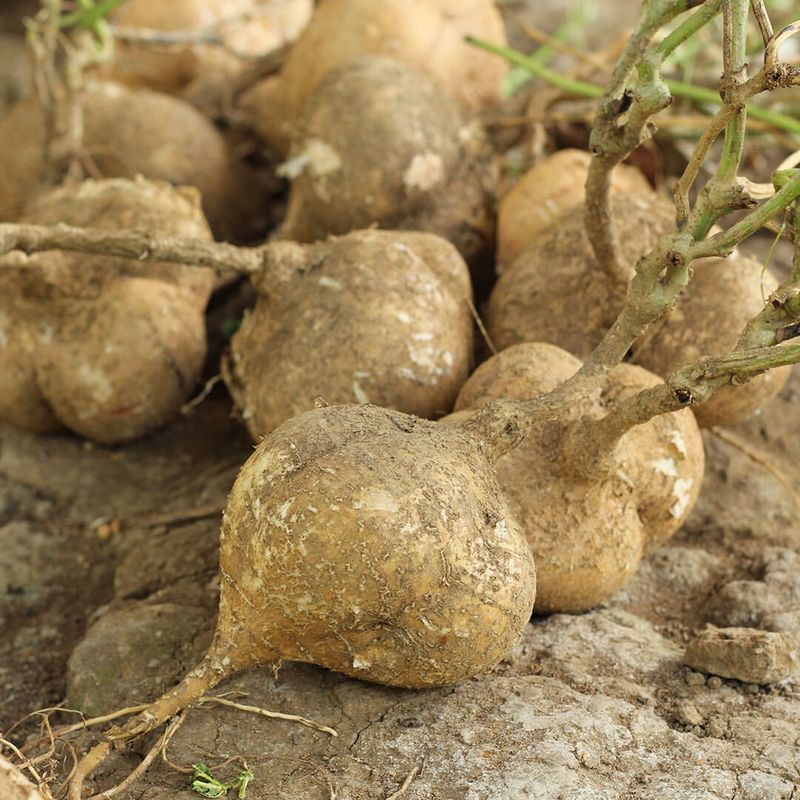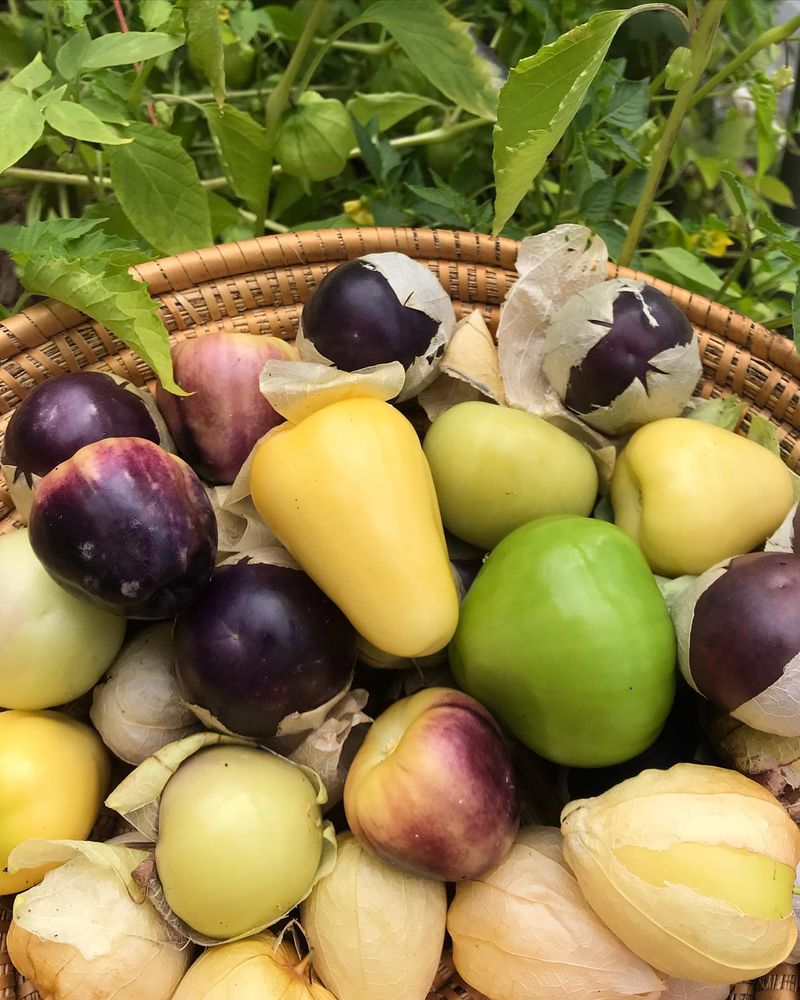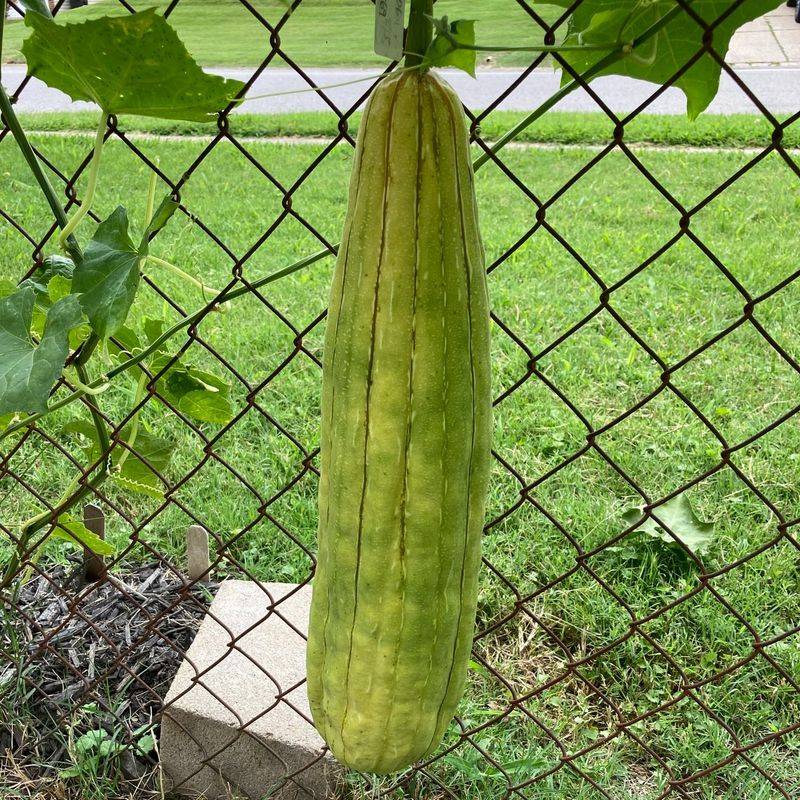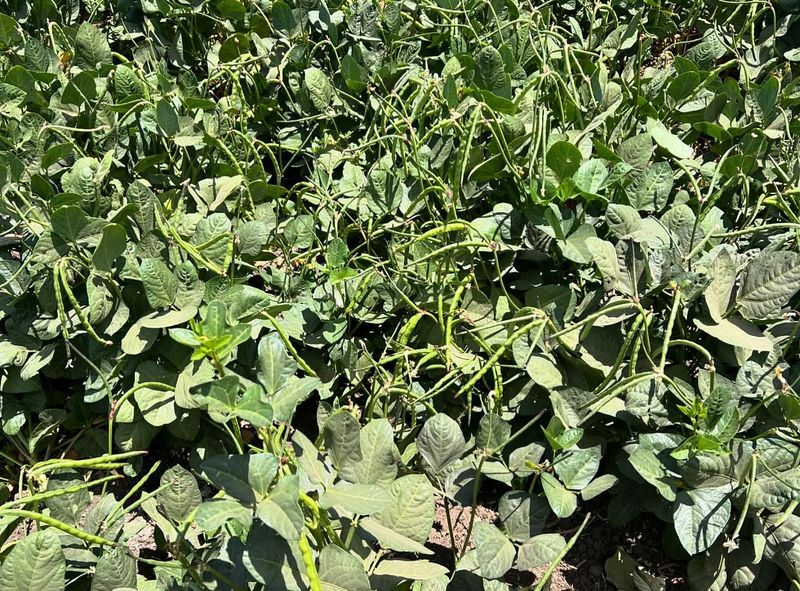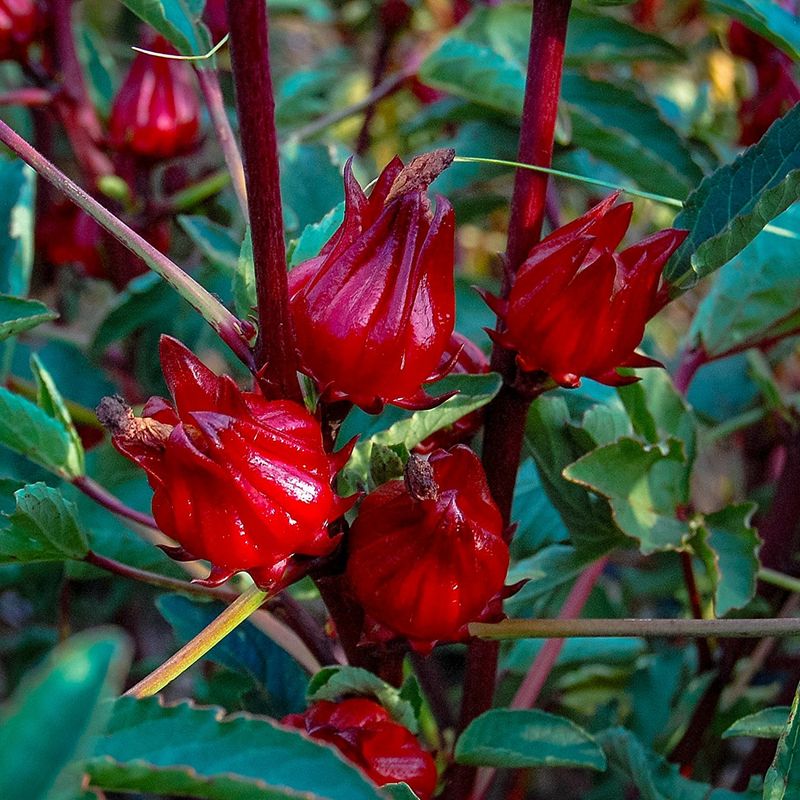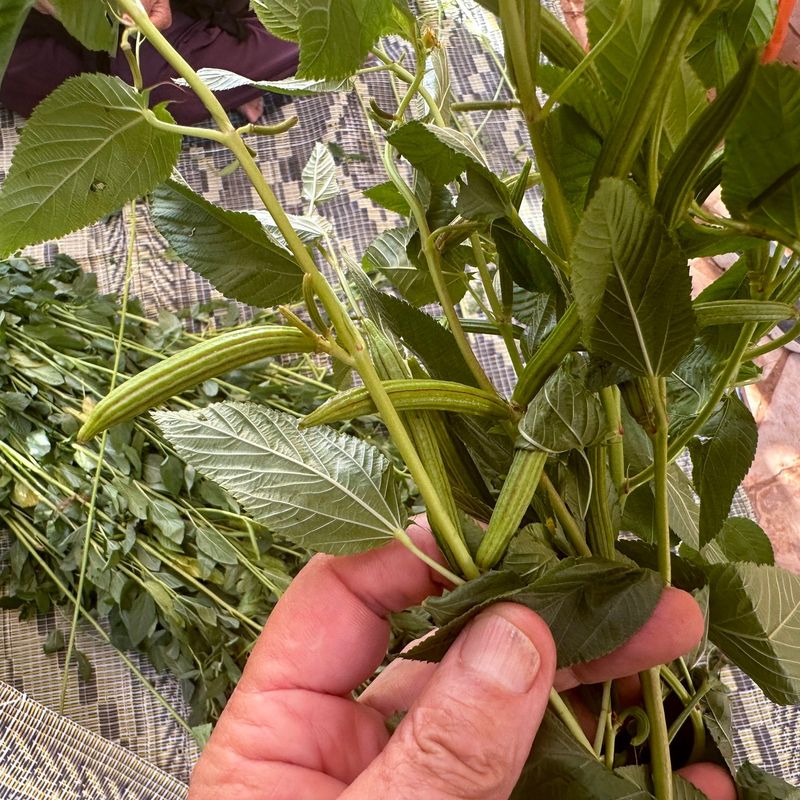Texas heat can be brutal, but some veggies absolutely thrive in it—and they don’t even flinch when the temps soar. I’ve had peppers grow like they’re on a mission, and okra?
It practically takes over the garden! These heat-loving plants don’t just survive, they put on a show all summer long. If you’ve ever struggled with wilting leaves or sad tomatoes, you’re going to love how tough these ones are.
Let’s talk about the veggies that laugh in the face of a Texas summer!
1. Okra
A true Southern champion that actually gets happier as temperatures climb. Native to Africa, this veggie produces tender pods all summer long in Texas gardens without complaint.
Many gardeners across the Lone Star State consider okra their most reliable summer crop. Its beautiful hibiscus-like flowers are an added bonus before transforming into the distinctive ribbed pods.
2. Sweet Potatoes
Underground superstars that transform summer heat into delicious tubers. These vining plants create a beautiful ground cover while secretly developing their nutritious treasures beneath the soil.
Texas gardeners love how sweet potatoes require minimal attention once established. The longer they grow in warm soil, the sweeter and more flavorful they become – making them perfect for fall harvest celebrations.
3. Eggplant
Glossy purple fruits dangle like jewels from these heat-embracing plants. Originally from tropical India, eggplants feel right at home when Texas temperatures soar into triple digits.
Many Texas gardeners find their eggplants producing continuously from June through October. The plants appreciate consistent moisture but won’t collapse from occasional drought, making them ideal for busy summer schedules.
4. Peppers
Spicy or sweet, these colorful fruits love basking in Texas sunshine. Their production actually accelerates when temperatures climb, rewarding gardeners with abundant harvests when other vegetables struggle.
Across the Lone Star State, pepper plants often survive multiple seasons in warmer regions. The hotter your garden gets, the more capsaicin develops in hot varieties – creating extra-spicy peppers that will impress your heat-loving friends.
5. Black-eyed Peas
These protein-packed legumes laugh in the face of Texas drought. Originally from Africa, they’ve adapted to thrive in poor soil and scorching conditions that would kill more delicate crops.
Gardeners throughout Texas appreciate how black-eyed peas actually improve soil while producing bushels of nutritious pods. Their nitrogen-fixing abilities make them perfect companions for other summer vegetables that need extra fertility.
6. Cherry Tomatoes
While larger tomatoes struggle in extreme heat, these tiny fruits keep producing through summer. Their smaller size allows them to mature quickly before heat stress can cause blossom drop or cracking.
Many Texas gardeners switch exclusively to cherry varieties for summer production. The sweet, intensely-flavored fruits continue forming even when temperatures hover in the high 90s – long after beefsteak types have given up.
7. Malabar Spinach
Not true spinach but a heat-loving vine with similar-tasting leaves that don’t turn bitter. The glossy foliage grows more vigorously as temperatures rise, when regular spinach would have long since bolted.
Texas gardeners appreciate this climbing plant’s ornamental qualities alongside its culinary uses. The attractive red stems and deep green leaves provide nutritious greens throughout summer months when most leafy vegetables have disappeared from gardens.
8. Armenian Cucumber
Technically a melon but used like a cucumber, this crisp vegetable thrives when traditional cucumbers wilt. The ribbed, pale green fruits grow impressively long without developing bitterness even in Texas heat waves.
Gardeners across the Lone Star State value these heat-resistant cucumbers for their reliable production. Their thin skin requires no peeling, and the crisp flesh remains sweet and juicy even when harvested from plants growing in temperatures above 100°F.
9. Yard-Long Beans
These impressive Asian legumes produce extraordinary pods that can reach astounding lengths. Unlike regular green beans that stop flowering in high heat, yard-long beans accelerate their growth during Texas summers.
Many gardeners throughout the Lone Star State grow these beans vertically to save space. Their tender, snake-like pods develop quickly in hot weather and maintain excellent flavor without becoming tough or stringy even when harvested at impressive sizes.
10. Jicama
This Mexican native produces crisp, sweet underground tubers that taste like water chestnuts. The vining plant develops thick storage roots during long, hot summers – perfect for Texas growing conditions.
Many gardeners in the Lone Star State grow jicama as a conversation piece and unique harvest. The refreshing, crunchy texture makes it perfect for summer salads when other garden vegetables might be struggling in the intense heat.
11. Calabacita Squash
A Mexican variety of summer squash that outperforms zucchini in extreme heat. These plants continue flowering and fruiting when other squash varieties shut down, providing a steady harvest of tender, flavorful fruits.
Texas gardeners particularly value calabacita’s resistance to squash vine borers. The light green, speckled fruits have firmer flesh that holds up beautifully in summer recipes without becoming watery or mushy.
12. Tomatillos
Paper-husked relatives of tomatoes that produce more prolifically as temperatures climb. These Mexican natives thrive when conventional tomatoes struggle, creating abundant harvests for fresh salsas and preserving.
Across the Lone Star State, gardeners appreciate how tomatillos self-seed readily in warm soil. The tangy, citrus-like flavor intensifies during hot weather, making summer-grown fruits especially prized for authentic Tex-Mex recipes.
13. Luffa Gourds
Young fruits are delicious vegetables, while mature ones become natural sponges. These vigorous vines actually accelerate their growth during Texas heat waves, climbing trellises with impressive speed.
Many gardeners throughout the Lone Star State grow luffa for both kitchen and bathroom uses. The heat-loving vines produce abundantly with minimal care, creating natural cleaning tools that connect your garden to your daily routine.
14. Southern Peas
Also called cowpeas, these versatile legumes include black-eyed, cream, and crowder varieties. Their heat tolerance is legendary, often thriving in conditions where other garden plants struggle to survive.
Texas gardeners value southern peas for their ability to improve soil while producing nutritious harvests. The plants develop deeper root systems during hot weather, allowing them to access moisture unavailable to more shallow-rooted vegetables.
15. Callaloo
A Caribbean leafy green related to amaranth that grows more vigorously as temperatures rise. The nutritious leaves remain tender and flavorful even during Texas heat waves when other greens become bitter.
Gardeners across the Lone Star State appreciate callaloo’s tropical heritage and heat resilience. The fast-growing plants can be harvested multiple times, with new leaves quickly replacing those cut for fresh summer meals.
16. Roselle Hibiscus
Grown for its edible calyxes that make vibrant tea and preserves. This tropical plant actually requires hot temperatures to develop properly, making Texas summers its ideal growing season.
Many gardeners throughout the Lone Star State enjoy roselle’s ornamental qualities alongside its culinary uses. The ruby-red calyxes develop their best color and flavor during intense summer heat, providing both garden beauty and unique harvests.
17. Molokhia
An Egyptian green sometimes called “Jew’s mallow” that becomes more productive in extreme heat. The nutritious leaves contain high levels of vitamins and minerals, growing more abundantly as temperatures climb.
Texas gardeners are increasingly discovering this heat-loving alternative to traditional greens. The slightly mucilaginous texture makes it perfect for summer soups and stews, providing garden-fresh nutrition when other leafy crops have failed.

